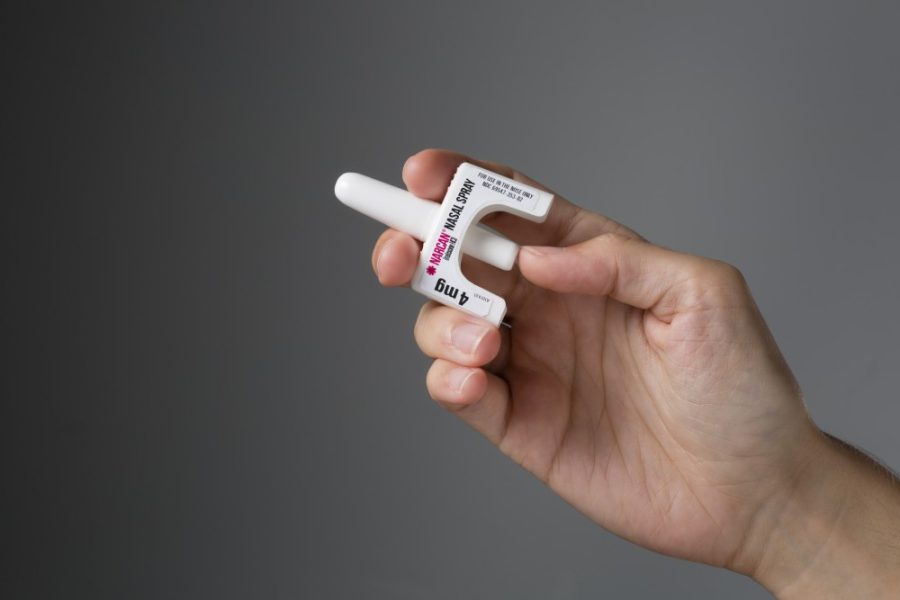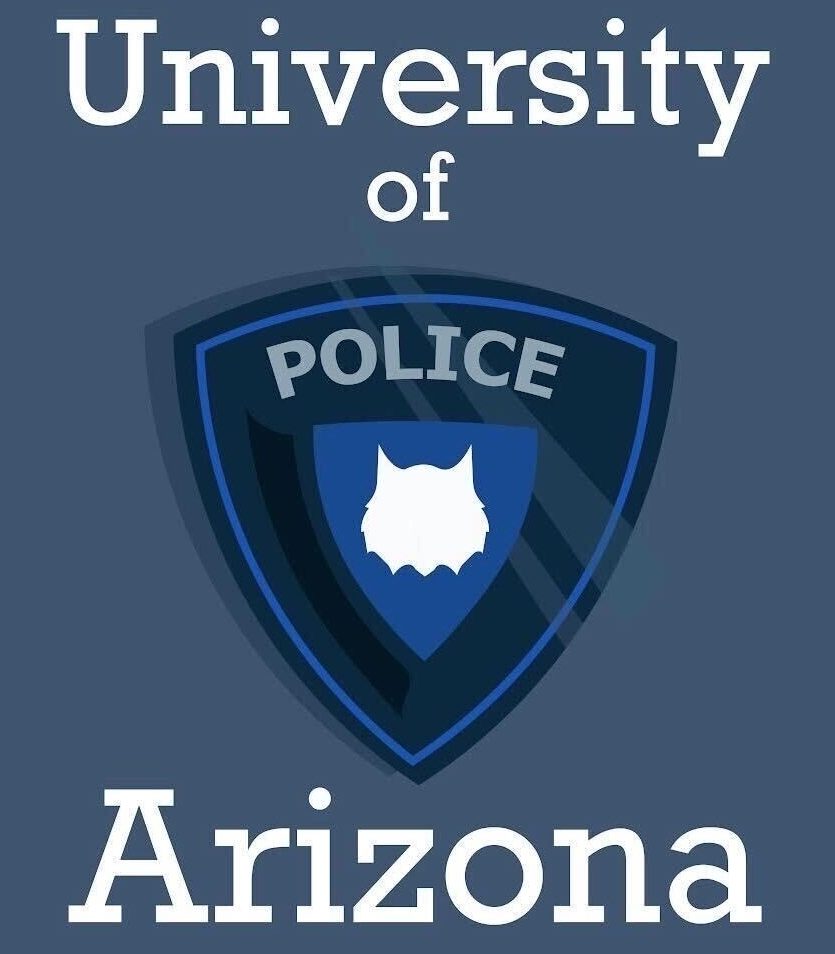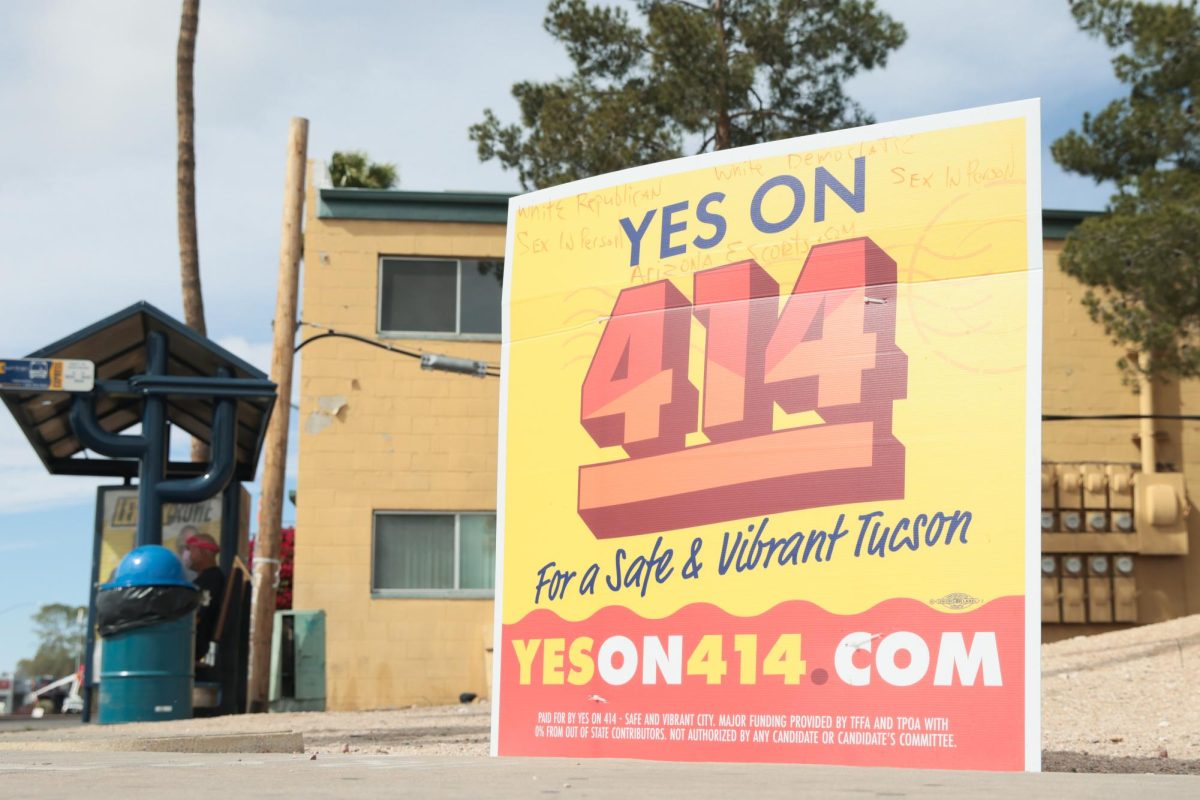Tucson Police Department officers are now carrying Narcan, a treatment that can counteract the effects of opioid overdoses.
The police department started looking into using Narcan around eight to 12 months ago when the department noticed an influx of fentanyl, a “highly toxic, very dangerous” synthetic opioid, in the area, according to James Scott, a lieutenant deputy commander of the Counter Narcotics Alliance with TPD. Officers found small amounts of this drug in heroin they seized, as well as in fake oxycodone.
“Our concern because of this was because how toxic this can be in such minute amounts,” Scott said. “Two micrograms, about the size of a couple grains of salt, can actually be deadly.”
There were 379 deaths attributed to drug overdose in Pima County in 2015, according to the 2015 report from the Pima County Office of the Medical Examiner. The majority of those deaths were related to opiate drugs or fentanyl. Fentanyl deaths increased from seven deaths in 2014 to 17 in 2015, according to the report.
Scott said the department was also concerned about the safety of officers who “are out there on the street … [who] pull stuff out of people’s pockets all the time.”
The department looked into different safety precautions and saw that with legislation they were able to carry naloxone, or Narcan, to use on patrol.
“We may be able to save a life if we carry it,” Scott said.
The University of Arizona Police Department doesn’t use Narcan because they haven’t had any reported instances of narcotic overdoses in the last six to 12 months, according to UAPD Officer Rene Hernandez.
Hernandez said that if it were needed, the use of Narcan could be implemented in the department.
RELATED: UA’s Good Samaritan Policy tries to take the fear out of calling 911
“Narcan is an antagonist that blocks opioid receptors in the brain, making the effects of opioid overdoes gone immediately,’’ Scott said. “Basically, it’s like flipping a switch.”
Officers started carrying the treatment a few weeks ago and have had their use approved by a medical director and have a prescription for it signed. Pima County Health Department met with TPD to answer questions about Narcan and policy procedures for it, said Julia Flannery, the Pima County Health communications manager, in an email.
Officers had to go through training to learn how to properly use it and when to use it, Scott said. The treatment is “pretty benign” with rare side effects, according to Scott.
“If we were to accidentally give it to somebody that wasn’t suffering an opioid overdose, it would not harm them,” he said.
It is administered in a four-milligram dosage through a small nasal dispenser. Before administering the drug, officers look to see if it is an apparent opioid overdose, showing signs such as having paraphernalia nearby or exhibiting respiratory arrest. If needed, officers can administer another dose of Narcan if the first dose did not help.
Flannery said people who are administered Narcan will still need medical observation beyond administration of the drug.
Medical personnel are dispatched first to respond to medical problems, so they often arrive to help people in these situations first, Scott said, but sometimes officers happen to run into people in these situations.
“We’ll now have a tool to ultimately save someone’s life,” he said.
The only officers carrying Narcan now are patrol officers who are the first responders, Scott said. Narcan has not been used yet, and Scott said the department’s use of it may be infrequent because emergency medical services usually arrive first on the scene.
“If you save one life, it makes it worth it, so we looked at it from that perspective,” Scott said.
Follow Ava Garcia on Twitter.








